By Allen Boyer. Special to the Clarion-Ledger Sunday print edition (December 1)
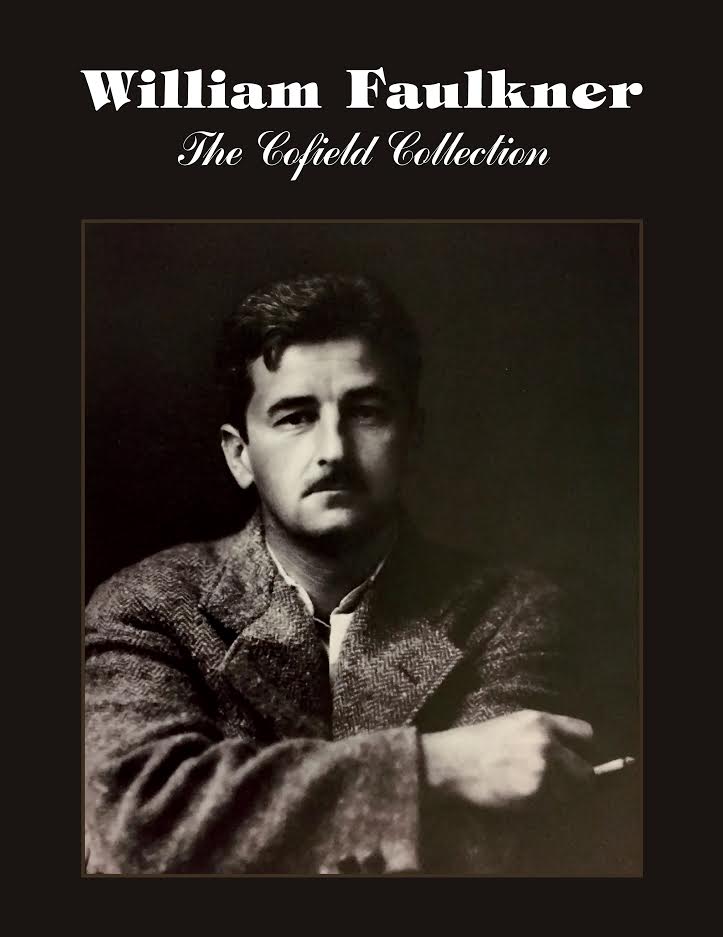 “It wasn’t easy to get a smiling photograph of William Faulkner!” That was the fond, exasperated comment of J.R. “Colonel” Cofield, the Oxford photographer in whose studio Faulkner sat for the portraits that graced the dust jackets of his novels.
“It wasn’t easy to get a smiling photograph of William Faulkner!” That was the fond, exasperated comment of J.R. “Colonel” Cofield, the Oxford photographer in whose studio Faulkner sat for the portraits that graced the dust jackets of his novels.
Dealing with William Faulkner was daunting. Yet Cofield endured and ultimately, he prevailed. He seldom saw Faulkner smile, but he captured striking images of the man. Those portraits, with other photos taken or collected by the Cofield family, supply the heart of William Faulkner: The Cofield Collection–published in 1978, now brought back to print.
Cofield first photographed Faulkner when he published Sanctuary, in 1931. Faulkner was thirty-three, a handsome young author with a tweed jacket and a cigarette. Late in life, when pressed by friends in Virginia, he posed in a fox-hunting outfit, with top hat and riding boots and blazing red huntsman’s coat. Other times he was indifferent; he would sit for Cofield wearing a three-piece suit or a simple blue work shirt.
As well as Faulkner, this book covers the postage-stamp of native soil about which he wrote. Field hands work mules, and farmers sell produce from trucks parked on the Oxford Square. Cotton wagons crowd the lot outside the gin. Barnstormers pose beside grass airstrips. Schoolchildren line up, some outside the Oxford Graded School, others on muddy lawns out in the county. A string band warms up the crowd for a speech by youthful Senate candidate John Stennis.
Some pictures have the glossy look of publicity shots. Years after he had won the Nobel Prize for literature, Faulkner posed at a Memphis preview of Land of the Pharaohs. He had a screenwriter’s credit on the picture, and it was a film by Howard Hawks, the director who took Faulkner dove-hunting with Clark Gable. Faulkner’s own favorite photo looks like something from Hollywood, a studio close-up straight out of film noir.
Faulkner summoned Colonel Cofield to Rowan Oak to record his celebrated costume-party hunt breakfast, that Sunday morning in May 1938. He called him back for two weddings, his daughter’s and his niece’s, and at those receptions Cofield caught him smiling.
Some of Faulkner’s past is dead–very clearly past. There are images here from Life Magazine and the Memphis Press-Scimitar. As a teenager, Faulkner often rode the train to Taylor and hiked back along Old Taylor Road, then a red-dirt track, now choked with the cars of Ole Miss student traffic. Black men and women appear on the edges of their white employers’ family portraits. (John Cofield, grandson of Colonel Cofield, whose internet collections preserve his hometown’s history, energetically documents the past of both black and white communities. Forty years ago, this was harder.)
In Faulkner’s fictional Yoknapatawpha County, the Sartoris family seems modeled on Faulkner’s own relations. But, ironically, there is much of the novelist in a different character, strong-willed black tenant farmer Lucas Beauchamp. Beauchamp is a match for Faulkner in independence and a subdued haughty knightliness, a taciturnity shaped by battles with misfortune. Beauchamp’s face, Faulkner wrote, “was not sober and not grave but wore no expression at all.” Can the same distant unreadable expression be seen in these pages? For in nearly every photograph, studio portrait or snapshot alike, Faulkner’s gaze is similar–serious, reserved, never quite directly into the camera. Cofield knew that expression well. Quoting Kipling, he wrote: “‘No price is too high to pay for the privilege of owning yourself.’ Bill Faulkner lived up to this principle to a T.”
Some of these images will be familiar. It was this book that made them well-known. Eudora Welty praised the original edition of “The Cofield Collection.” “These photographs,” she wrote, “eloquently tell us what no voice now can tell, what no words are likely to express so clearly and intimately about William Faulkner’s life.” Miss Welty was no mean photographer herself, and her judgment still holds true.
Allen Boyer lives and writes on Staten Island. He grew up in Oxford, where Colonel Cofield took the Boyer family’s portraits every year.
Lawrence Wells, the editor of The Cofield Collection, will be at Lemuria on Saturday, December 7, from 1:00 to 2:00 to sign copies.


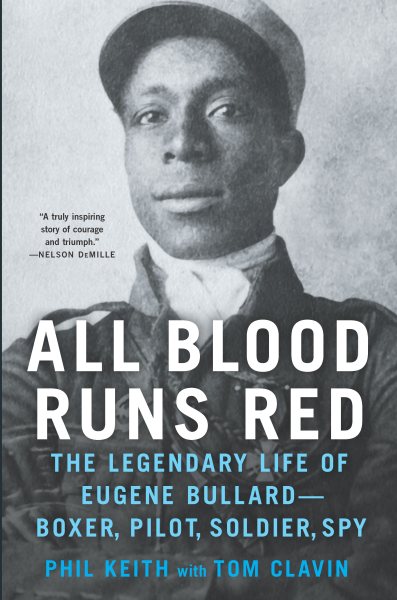 Author Phil Keith adds his sixth book to his collection as his collaboration with bestselling writer Tom Clavin unfolds the almost unbelievable story of bravery and valor of a little-known World War I hero in
Author Phil Keith adds his sixth book to his collection as his collaboration with bestselling writer Tom Clavin unfolds the almost unbelievable story of bravery and valor of a little-known World War I hero in 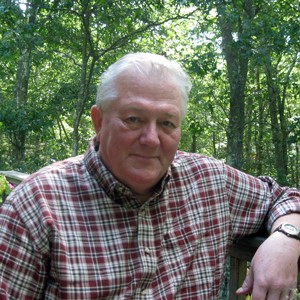
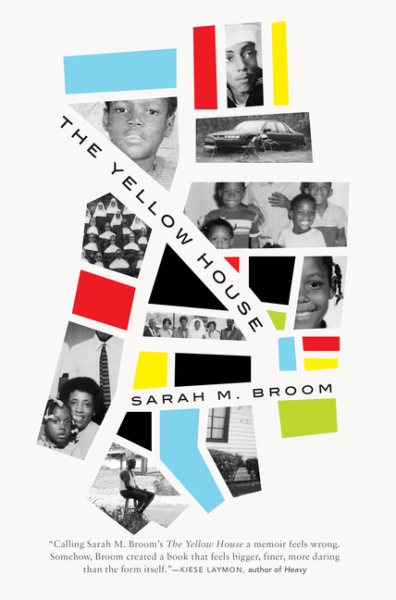 Childhood homes are harbors of our rearing, keepers of our secrets and reflections of our parents. It’s our first understanding of what “home” actually means, and the way it always pulls us back.
Childhood homes are harbors of our rearing, keepers of our secrets and reflections of our parents. It’s our first understanding of what “home” actually means, and the way it always pulls us back.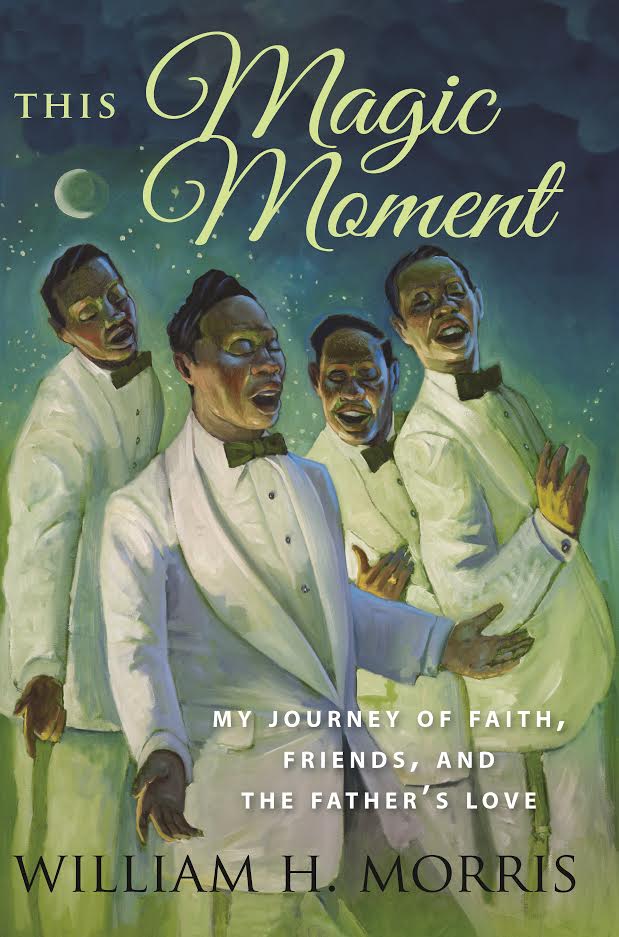 William H. (Bill) Morris would tell you that he has had more than his share of “magic moments’ in his lifetime, and he shares many details of his close-knit friendships with some of the greatest musicians of the R & B, Rock and Roll and Doo-Wop era of the ‘50s and ‘60s in his heartfelt memoir,
William H. (Bill) Morris would tell you that he has had more than his share of “magic moments’ in his lifetime, and he shares many details of his close-knit friendships with some of the greatest musicians of the R & B, Rock and Roll and Doo-Wop era of the ‘50s and ‘60s in his heartfelt memoir, 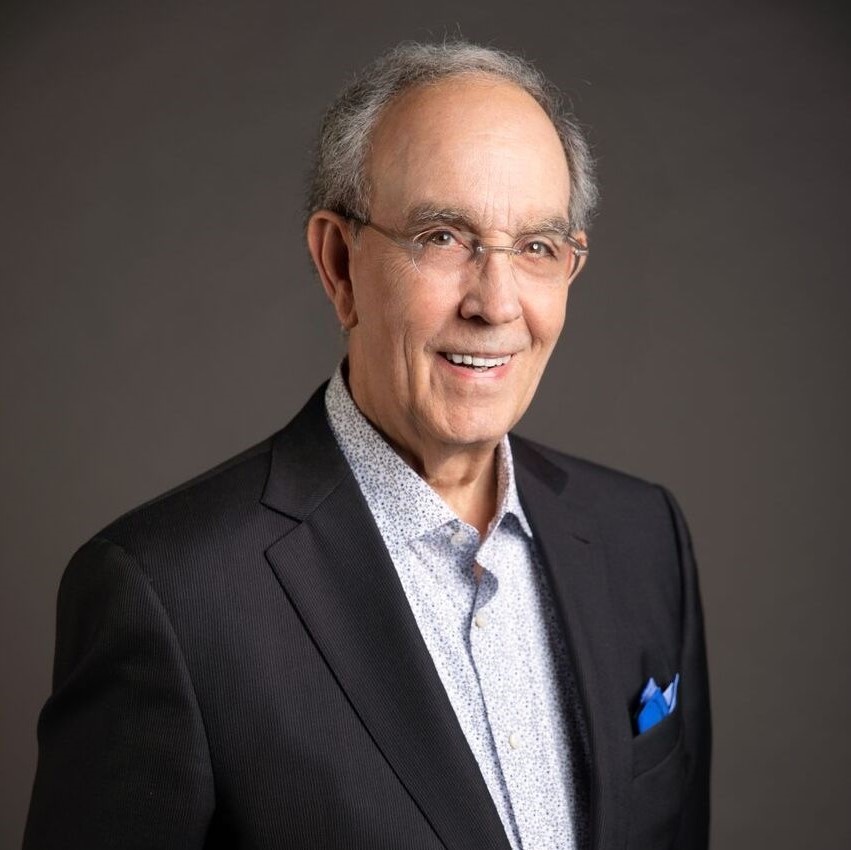
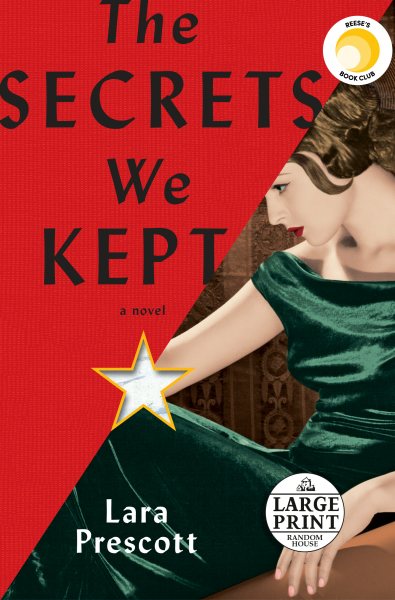 Lara Prescott’s fictional account of three young women employed in the CIA’s typing pool who rise to the upper echelons of espionage during the 1950s Cold War is based on the true story of the agency’s undercover plan to smuggle copies of Boris Pasternak’s Dr. Zhivago into the USSR.
Lara Prescott’s fictional account of three young women employed in the CIA’s typing pool who rise to the upper echelons of espionage during the 1950s Cold War is based on the true story of the agency’s undercover plan to smuggle copies of Boris Pasternak’s Dr. Zhivago into the USSR.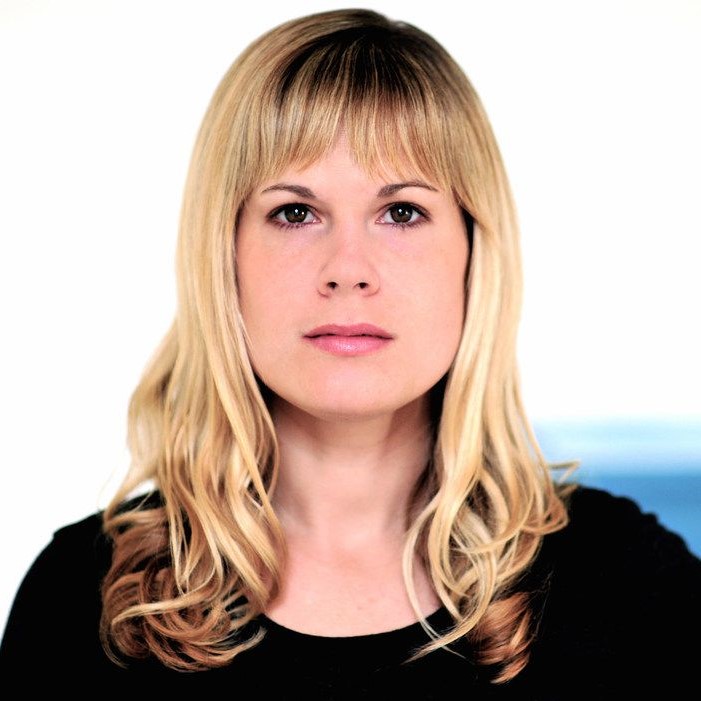
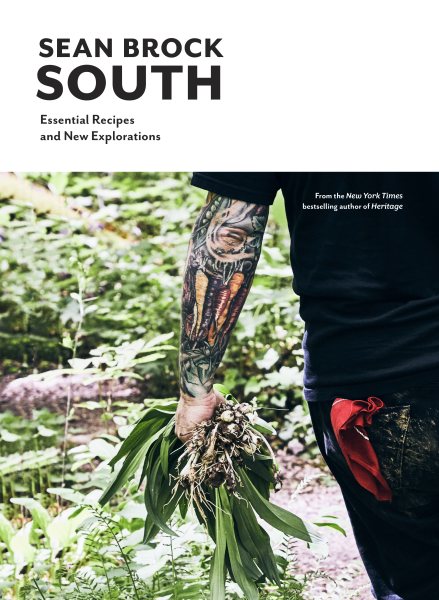 Sean Brock, the James Beard Award-winning author of Heritage follows up his nationally acclaimed debut book with a decidedly enthusiastic probe into the nurturing and connecting qualities of his favorite cuisine with
Sean Brock, the James Beard Award-winning author of Heritage follows up his nationally acclaimed debut book with a decidedly enthusiastic probe into the nurturing and connecting qualities of his favorite cuisine with 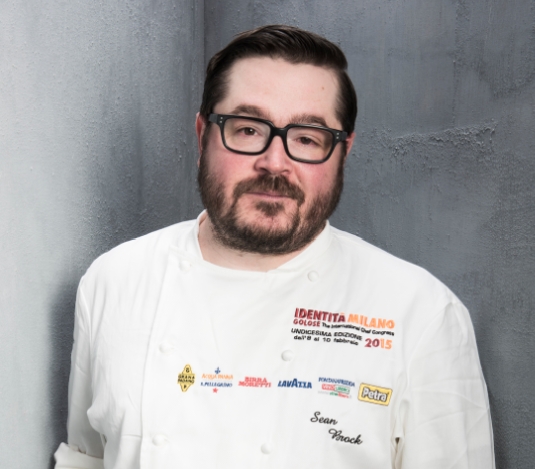
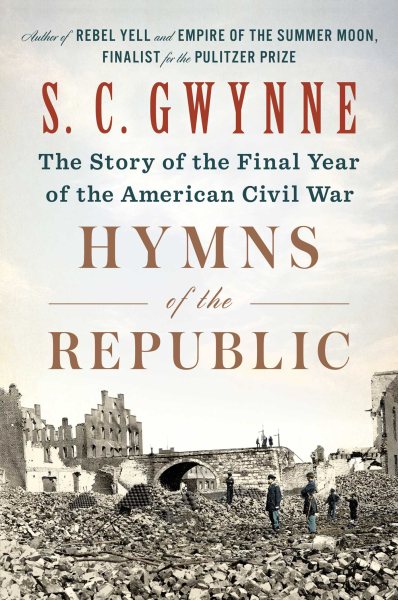 In his second inaugural address, delivered in March 1865, Abraham Lincoln expressed his hope that “this mighty scourge of war may speedily pass away” but also allowed that it might yet be God’s will that “every drop of blood drawn with the lash shall be paid by another drawn with the sword.”
In his second inaugural address, delivered in March 1865, Abraham Lincoln expressed his hope that “this mighty scourge of war may speedily pass away” but also allowed that it might yet be God’s will that “every drop of blood drawn with the lash shall be paid by another drawn with the sword.”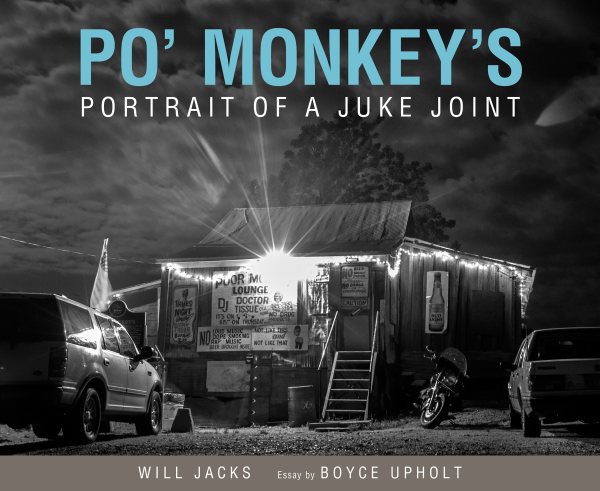 After decades of those-who-know-don’t-need-to-ask operation catering to locals in search of a Thursday evening respite, the establishment rose to prominence as white photographers and journalists enthralled by its authenticity brought news of its existence to their audiences, turning it into a must-see site for blues tourists traveling the Mississippi Delta.
After decades of those-who-know-don’t-need-to-ask operation catering to locals in search of a Thursday evening respite, the establishment rose to prominence as white photographers and journalists enthralled by its authenticity brought news of its existence to their audiences, turning it into a must-see site for blues tourists traveling the Mississippi Delta.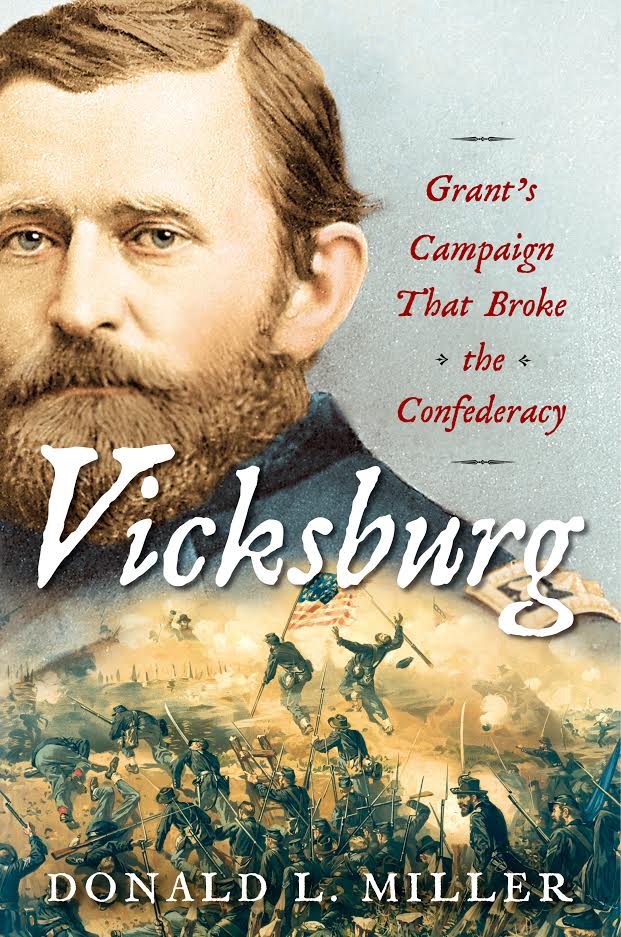 On May 1, 1863, Ulysses S. Grant’s Union Army of the Tennessee crossed the Mississippi River on a flotilla of steamboats, gunboats and barges and landed on Mississippi soil at Bruinsburg. It was the largest amphibious landing by an American army in history and would remain so until World War II.
On May 1, 1863, Ulysses S. Grant’s Union Army of the Tennessee crossed the Mississippi River on a flotilla of steamboats, gunboats and barges and landed on Mississippi soil at Bruinsburg. It was the largest amphibious landing by an American army in history and would remain so until World War II.